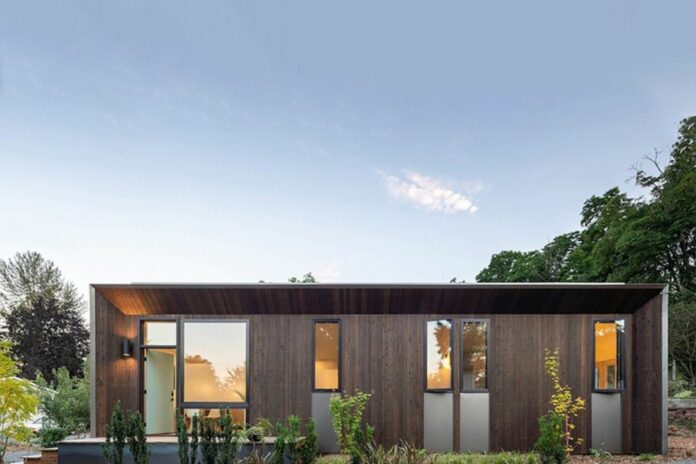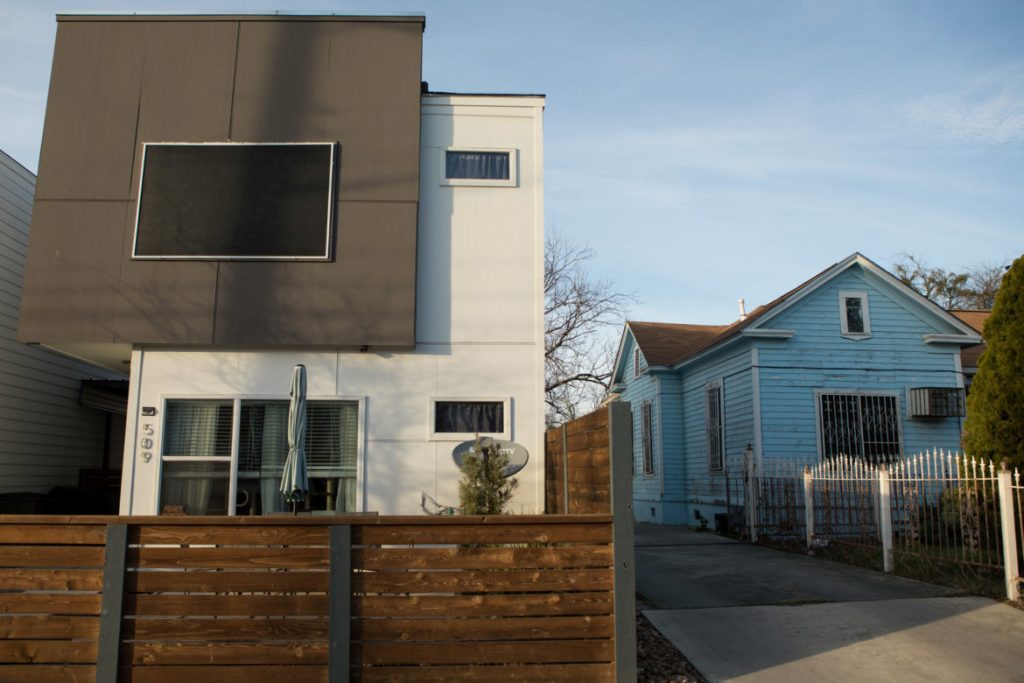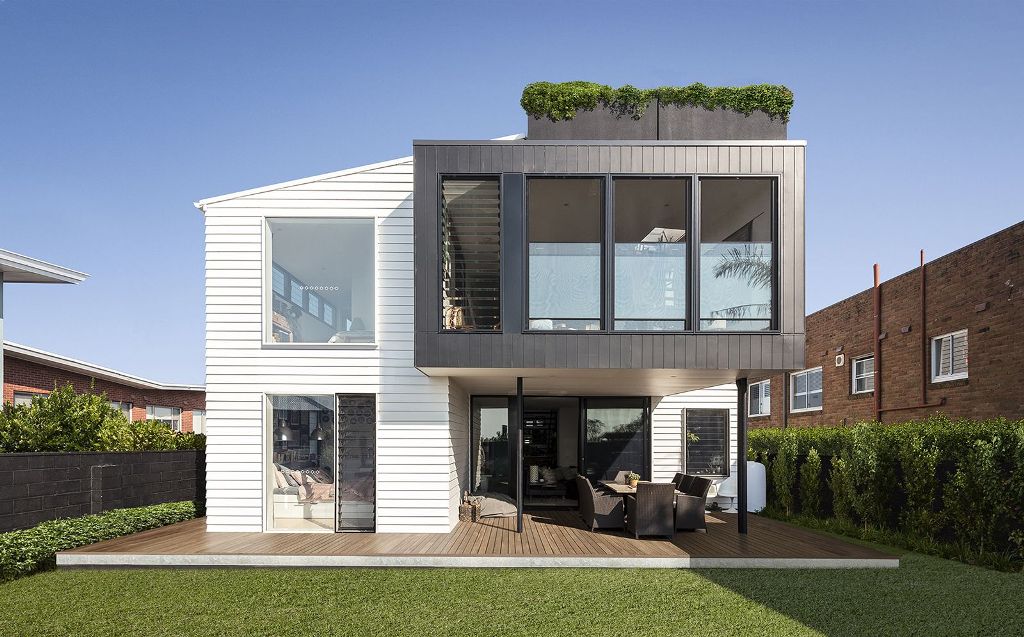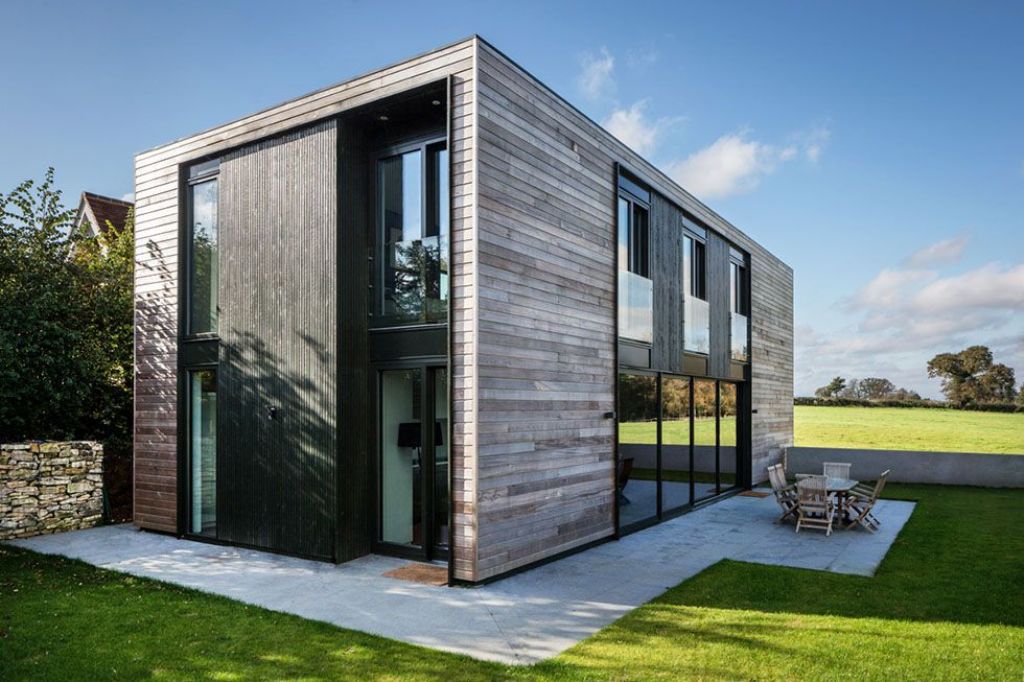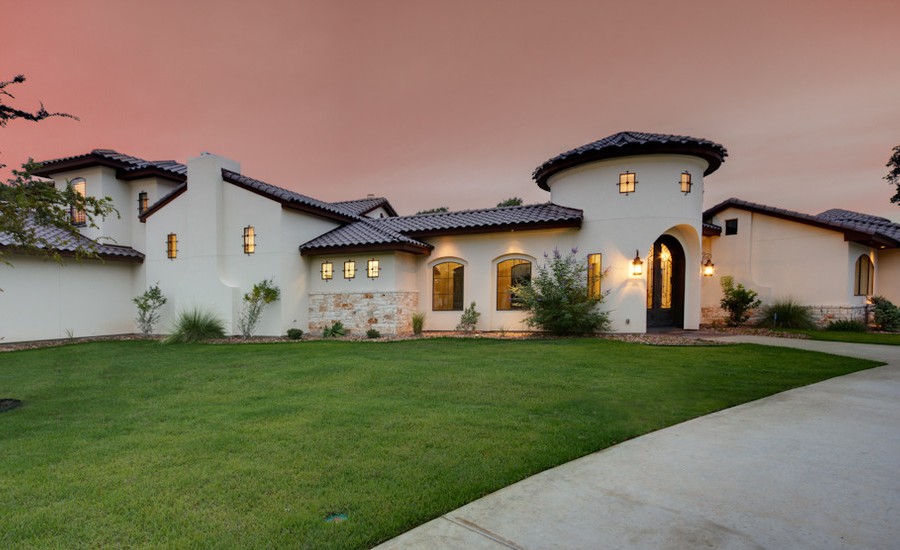Modular homes are built indoors, but they aren’t mobile. Click here to read about the benefits of modular or prefab homes.
Are you looking for a place where you can settle down and make a family? Do you want to move to a home that’s easier to maintain or pay for? Look out because modular homes are one of the best home solutions in the market.
When you think about real estate and housing, the common image in your mind is a bungalow or a ranch-type house. However, the costs of these houses are very high. Over the past 25 years, the inflation rate for home prices has gone up a quick 41%.
This is why many people are looking for cheaper alternatives. For most, modular homes are at the ideal price range. However, that’s not all that modular homes offer.
Read on below for our guide on modular homes.
1. What Is a Modular Home?
When you think of modular houses, how do you imagine it? Do you see it as a box-like house or like a regular house? If you thought the latter, you’re correct.
A modular home is often created in a climate-controlled factory. When the parts are ready, they then get transported to the building location. A builder will assemble and build the parts to create a home.
Modular housesare not built on-site like typical homes. They are only assembled on-site. They are also called prefab homes or factory-built homes.
Modular homes need to follow the same local and state codes. They are also considered to be real property. When you shop for a modular home, you can apply for a new home loan even if you’re buying a modular home.
Do note, however, that modular homes aren’t the same with mobile homes. As we said above, modular houses are only assembled on-site. It means you cannot move modular homes, like built homes.
Read on below for a comparison of modular homes against another type of home.
2. What Makes Modular Homes Different?
Let’s first talk about modular vs manufactured homes. One of the most popular examples of manufactured homes is mobile homes. They are homes that you can move from one place to another.
While a bit of transportation is also related to modular constructs, it’s only in the first step of assembling it. As we said before, you cannot transport a modular home from one area to another. It stays in place once it’s built.
Now, let’s discuss the difference between a modular home and a home built on site. There are a few differences between them. A home that’s built on the lot takes up time to finish.
This is because the weather is a big factor in building a home on-site. When a storm comes in, it often delays the construction. Modulars don’t have this problem.
As stated above, manufacturers build modulars in a factory. The factories for modular homes are climate-controlled. This means that the modular home construction doesn’t get any delays due to the weather.
Here’s a fun fact about modulars. You can recognize one by the small metal tag on the outside of each section. You can also recognize a modular home from the details found in the electrical panel box.
3. Benefits of Having a Modular Home
One of the most attractive things about getting a modular home is the price. According to Home Advisor, the cost of modular homes average between $180,000 and $360,000.
Compare this to the costs that come with buying or building a home on-site.
Time-wise, a modular home takes only weeks to assemble. Compare this to the months it takes to build a home on-site. Delays in the construction of a house on-site can cost you as well.
You don’t need to hire home inspectors when you get a modular home. Inspection for the home already happens at the factory. Third-party inspectors perform their inspections during each phase of the construction process.
Most modular houses are also created to be energy-efficient. Other designs are helpful for the environment. The variety of modulars to choose from is also a big dealmaker, from cheap modular houses to more complex ones.
If your budget isn’t enough to buy a bigger home, you can always expand it later.
Since modular homes get created in a climate-controlled factory, the quality is good. The materials for every home were not exposed to the elements. Plus, manufacturers use steel frames so the home can withstand storms and hurricanes.
Do you want to have a say at the design of your ideal home? Modular housing offers many options for you as well as design possibilities. Speak with your builder about what will work best for you and the lot.
4. Disadvantages of Having a Modular Home
While they seem like the perfect choice for a new home, modular houses also have some disadvantages. Stick-built houses use the traditional home construction method. It’s a time-tested process that some people still prefer.
One of the biggest problems with modular houses is the land. The home is easy to buy but you need a plot of land to build it onto. Some areas have zoning laws and restrictive covenants.
You might also encounter hookup regulations. These rules prevent you from building a modular home on a certain piece of land.
It’s also worth noting that the foundation of a modular home can be tricky. If you’re building the house off-site, you want to make sure the construction is perfect.
Otherwise, you may get a house that can topple during a calamity.
Some modular home prices only cover the base price. Your foundation, flooring, or steps may not be part of the payment. Also, if you have a complex floor plan for your modular home, it can cost you more.
You may also ask if modular homes appreciate. They are but not as much as stick-built homes. The key is to ensure its quality remains as well as its foundation.
Create Your Ideal Home
Found modular homes to your liking?
When you buy one, remember to consider the quality of the home above all. The price should only come second. You should also hire a creator and builder who provide quality service.
Did you find this guide on modular homes helpful and informative? If you did, feel free to read our other guides, too.

